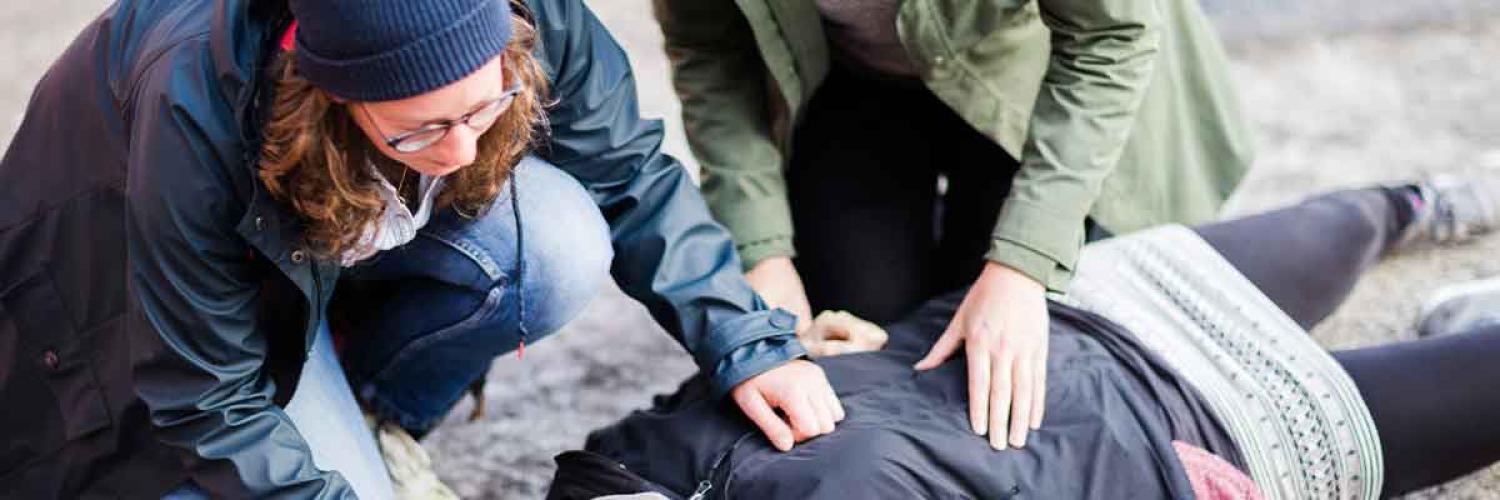You might save a life by carrying naloxone.
Every Washingtonian has access to it, and anyone might one day be in the position of giving it to save a life. What is it? Naloxone, also known by the brand name, Narcan, is a fast-acting medication that can reverse the effects of opioids and stop an overdose. Individuals who use opioids are at risk of overdose. According to the National Institute on Drug Abuse, opioids contributed to more than 100,000 deaths due to overdose in the United States in 2021. You can help by knowing the facts, carrying naloxone, and caring for your community.
Know the facts
Opioids are a type of drug typically used to treat pain. One of the most common and dangerous opioids is fentanyl, which is 100 times stronger than morphine. An amount equal to 10 to 15 grains of table salt can be lethal when ingested. Fentanyl can be given as a prescription by a medical professional, but when fentanyl is made illegally and added to street drugs, it creates a dangerous situation when someone is not aware they are ingesting fentanyl, or how much. The risk for overdose can increase when combined with alcohol or other drugs.
An overdose can occur within minutes. When someone is overdosing, they will lose consciousness and become unresponsive, have labored breathing or stop breathing, and their skin may start to look blue or grey (this will be most noticeable around their lips). Check if someone is responsive by asking them loudly, “Are you ok?” If they do not respond, call 911 and give them naloxone.
If you suspect someone has overdosed, it is always best to give them naloxone. It is safe to use, does not cause negative side effects even if the person has not ingested opioids, and does not interfere with further medical treatment. Naloxone works by blocking opioid receptors and can stabilize the person while you wait for emergency personnel to arrive. Its effects are likely to wear off before the effects of opioids, so it is important to call 911 right away to make sure the person gets the care they need and avoid a second overdose.
Keep naloxone in close reach
There is a standing order that acts like a prescription for naloxone for anyone in Washington State. You can get naloxone for free. Find a location near you or request naloxone to be mailed to you by the People’s Harm Reduction Alliance. Naloxone is also available for purchase from many pharmacies in Washington and may be covered by your insurance, subject to cost-sharing. Once you have naloxone, be sure to keep it close by.
Don't be fooled by these common myths
- Myth: I can get in trouble.
- Fact: You are protected under Good Samaritan Laws. These laws allow you to volunteer aid to someone in need as you are best able, without risk of blame.
- Myth: If someone wakes up from overdosing, they may be violent.
- Fact: After waking up, someone may be confused, weak, agitated and possibly angry, and feel unwell (and will possibly experience nausea and vomiting) because of sudden withdrawal.
- Myth: Naloxone is only for street drugs.
- Fact: Someone who takes medically prescribed opioids should have naloxone on hand just in case there is an overdose in their home.
Care for your community, near and far
Remember to care for yourself. Witnessing an overdose or having a loved one who is at risk of an overdose can be challenging.
- Public employees: See the resources available to you through your medical plan.
- School employees: See the resources available to you through your medical plan.
There might come a time when you can help a family member, a neighbor, or perhaps a community member you have never met before by giving a life-saving dose of naloxone. While naloxone is something you hope to never need to use, taking the time to learn how to use it and keeping some nearby in your bag, car, or medicine cabinet could make all the difference.
For more information about how to give a dose of naloxone, or to learn about the risks of fentanyl, visit Friends for Life.
